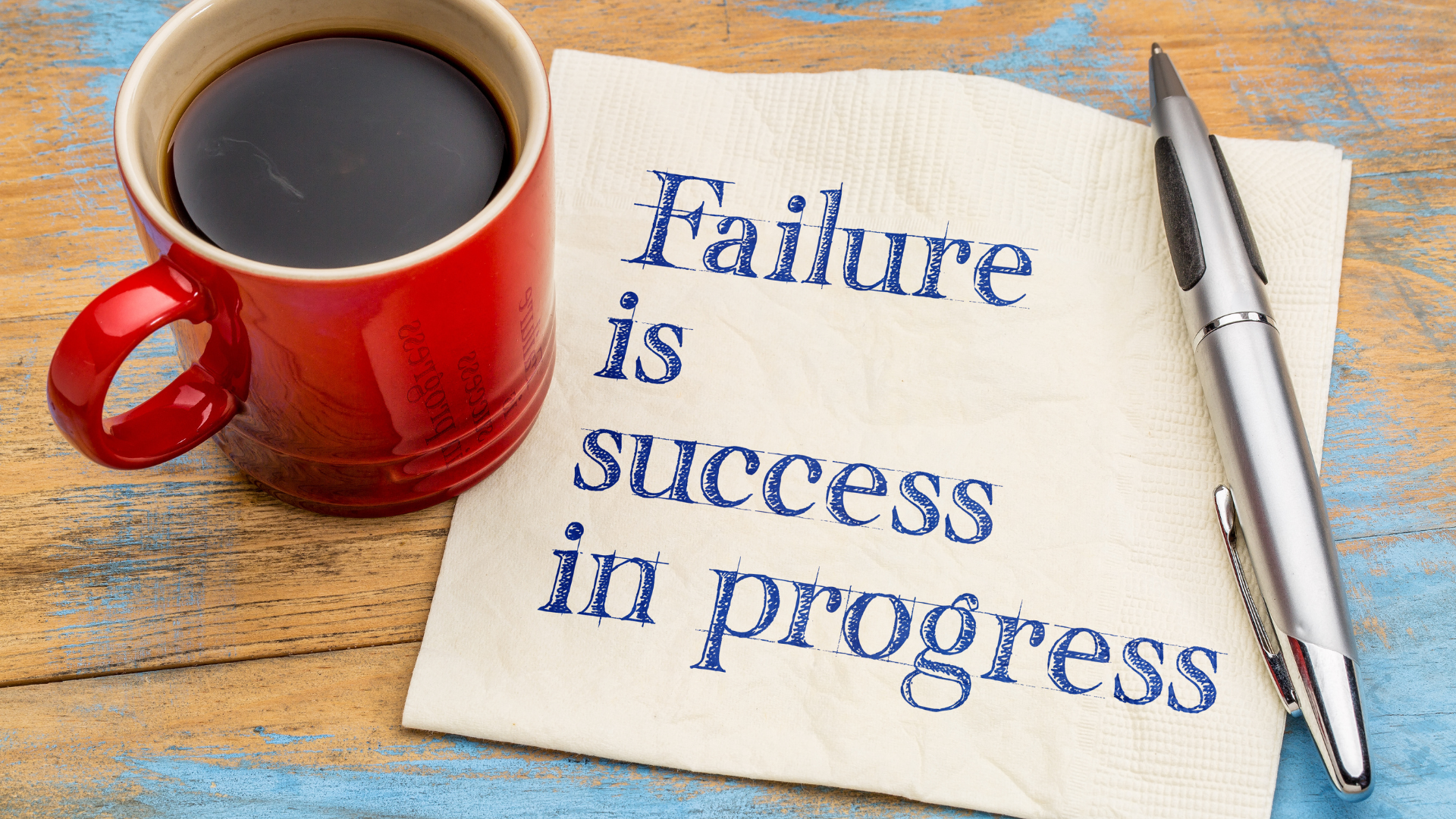We’ve all been there – that sinking feeling when a project falls flat, a business venture crumbles, or an important presentation goes sideways. In a world that celebrates success and highlights achievements, failure often feels like a dirty word. But what if I told you that your biggest setbacks could become the foundation of your greatest victories?
The Hidden Power of Failure
Think about a toddler learning to walk. They fall countless times, yet we never consider these tumbles as failures. Instead, we recognize them as essential steps in the learning process. Somewhere along the way, we lost this perspective, replacing it with fear and anxiety about making mistakes.
The most successful people in history have one thing in common: they failed spectacularly before they succeeded. Thomas Edison famously made 1,000 unsuccessful attempts before inventing the light bulb. When a reporter asked him about these failures, he replied, “I have not failed 1,000 times. I have successfully discovered 1,000 ways to NOT make a light bulb.”
J.K. Rowling faced rejection from 12 publishers before Harry Potter became a global phenomenon. Similarly, Steve Jobs was ousted from the very company he co-founded, only to return later and transform Apple into one of the most valuable companies in the world. These stories remind us that failure isn’t final—it’s often the prelude to success.
Reframing Failure: Your Personal Growth Engine
Every failure carries within it the seeds of valuable lessons. When we shift our perspective from “I failed” to “I learned,” we transform these experiences into powerful tools for growth. Here’s how:
1. Spotlight Weaknesses: Each failure highlights gaps in our knowledge or approach, showing us exactly where we need to improve.
2. Resilience Booster: Setbacks build resilience and emotional intelligence, making us better equipped to handle future challenges.
3. Path to Innovation: Failed attempts often lead to unexpected discoveries and innovations we might have missed otherwise.
In fact, a study published in the Journal of Experimental Psychology found that individuals who embraced their failures were more likely to achieve long-term success compared to those who avoided or ignored them. Why? Because failure provides critical feedback that refines our skills and strategies.
Making Failure Work for You
The next time you face a setback, try this approach:
– Pause and Reflect: Take a step back and breathe. Rather than immediately reacting with disappointment or frustration, give yourself space to process what happened.
– Ask the Right Questions:
• What specific factors contributed to this outcome?
• What could I do differently next time?
• What unexpected insights did this experience provide?
Remember, failure isn’t the opposite of success – it’s a crucial part of the journey toward it. Every setback gives you valuable data about what doesn’t work, bringing you one step closer to discovering what does.
Building a Growth Mindset
Success rarely follows a straight line. By embracing failure as a natural part of the learning process, you develop a growth mindset that sees challenges as opportunities rather than obstacles. This perspective shift doesn’t just make you more resilient – it makes you more innovative, adaptable, and ultimately more likely to achieve your goals.
So the next time you face a setback, remember: you haven’t failed; you’ve simply found another way that doesn’t work. That knowledge is invaluable on your path to success.
A Call to Action
What failures have taught you the most valuable lessons? Share your story in the comments below – your experience might be exactly what someone else needs to hear today. Start today by reframing a recent setback and extracting its hidden wisdom. Who knows? Your greatest success could be just one fai









Leave a Reply